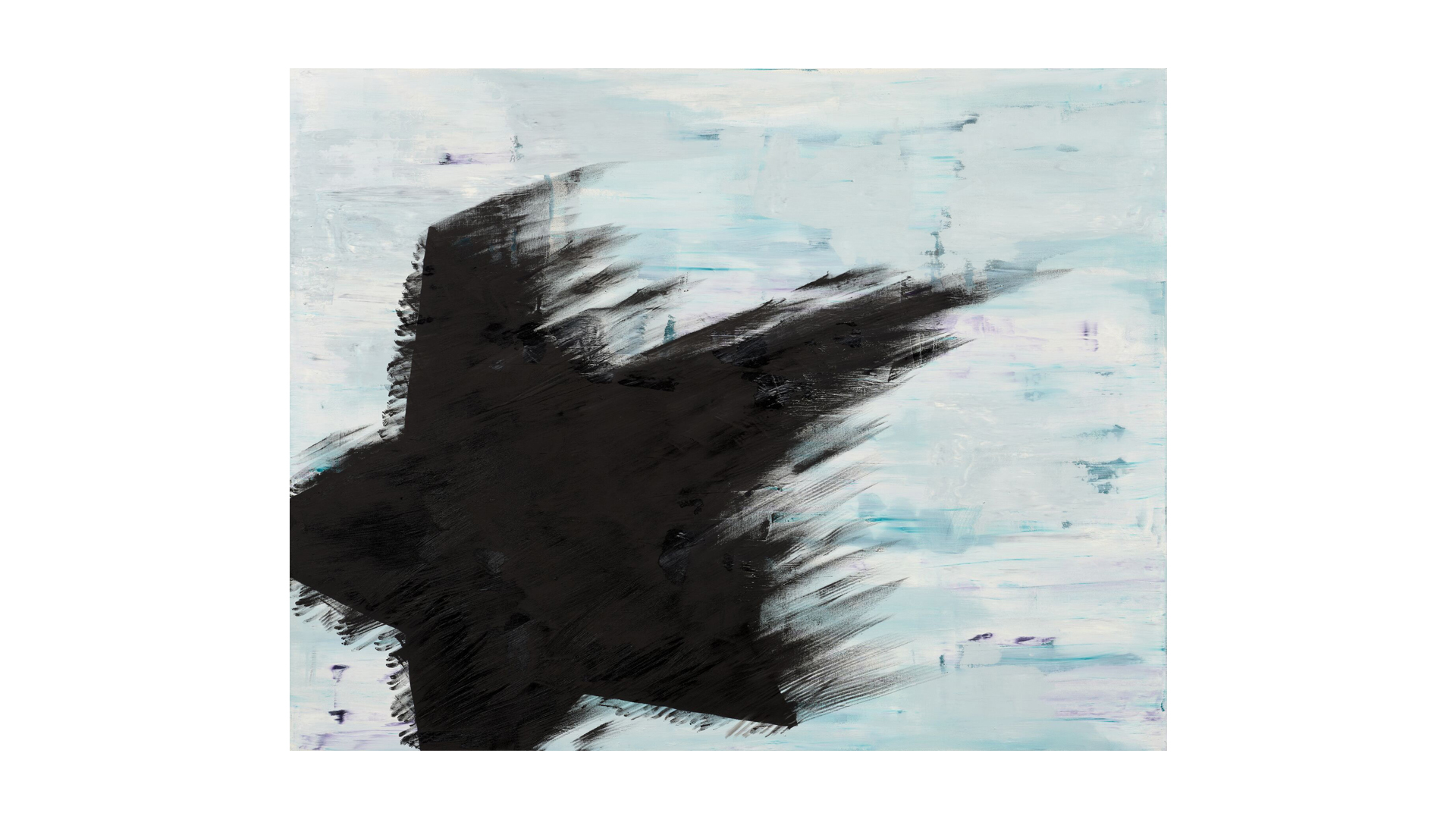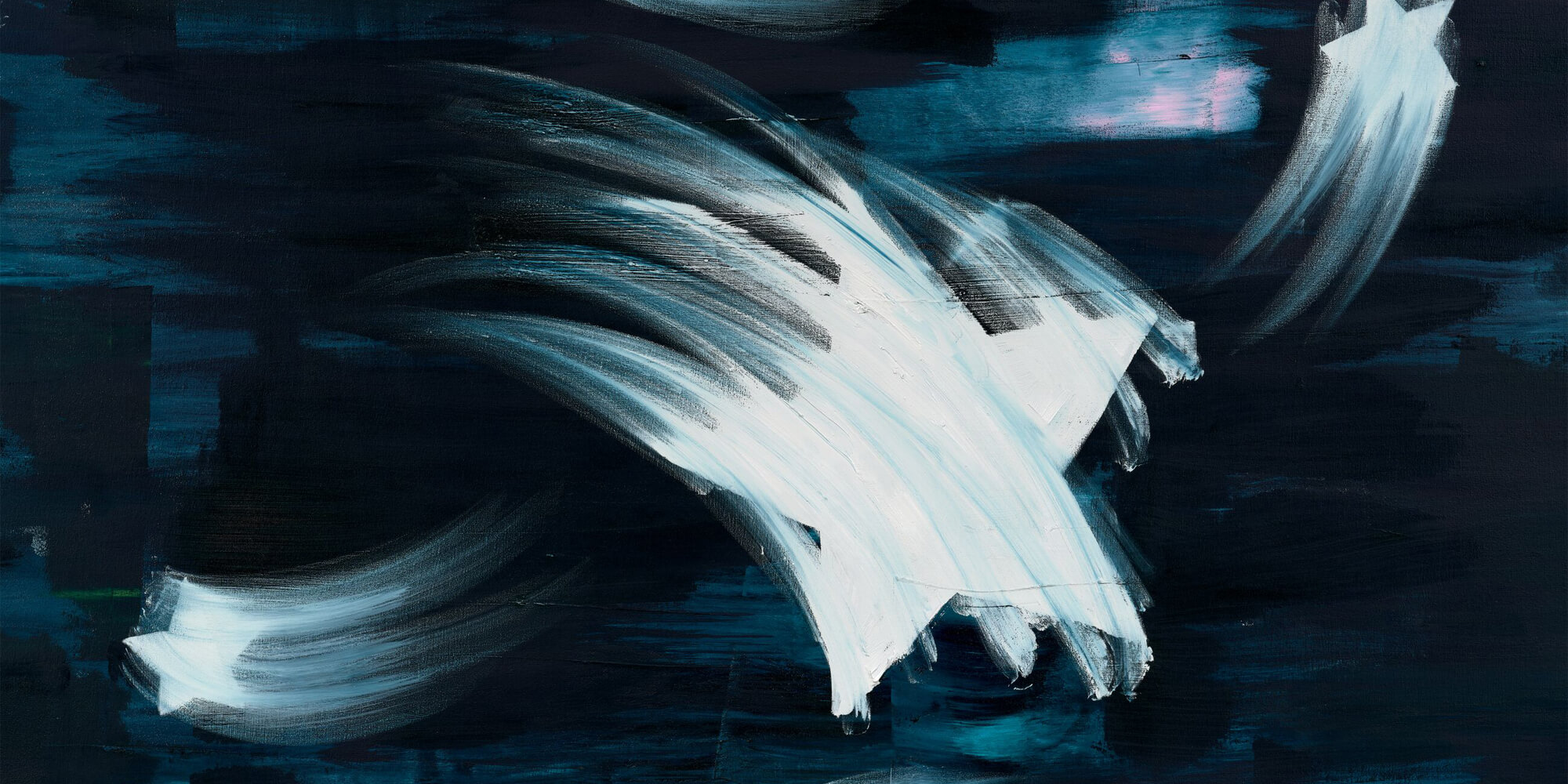
Gary Simmons
This Must Be the Place
25 May – 29 July 2023
London
‘When you attempt to erase something, there’s always a trace left behind.’—Gary Simmons
Explore the exhibition with Gary Simmons
One of the foremost artists of a generation which emerged during the late 1980s and early 1990s, Gary Simmons has achieved wide acclaim over the past three decades for his work which explores the politics of race, class and social stereotypes through painting, sculpture, sound and architectural environments. Simmons uses imagery drawn from popular culture to create works that address personal and collective memories. For the artist’s first exhibition with Hauser & Wirth in London, Simmons presents a selection of new paintings and sculptures.
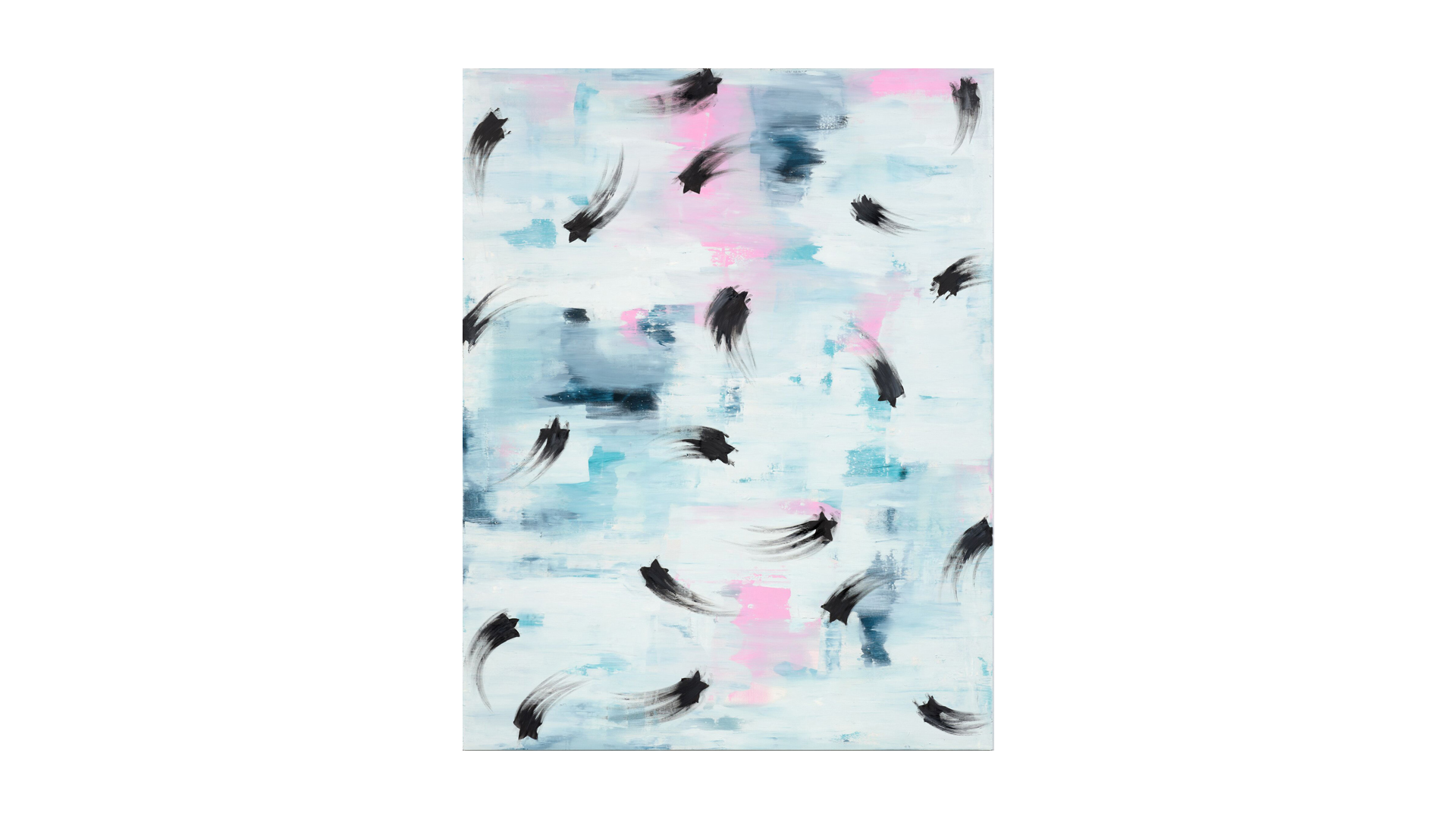

In this new body of work, Simmons employs the erasure of the image, a technique that has become synonymous with his practice, as a powerful and recurring metaphor. Simmons is best known for his figurative paintings in which white outlines of characters, scenes and words—based on 20th-century cartoons steeped in the racist traditions of minstrelsy, disappeared architectural sites, vintage film title cards, evaporating clouds of smoke and stars—are painted on chalkboard-like surfaces, then blurred and smeared by hand.
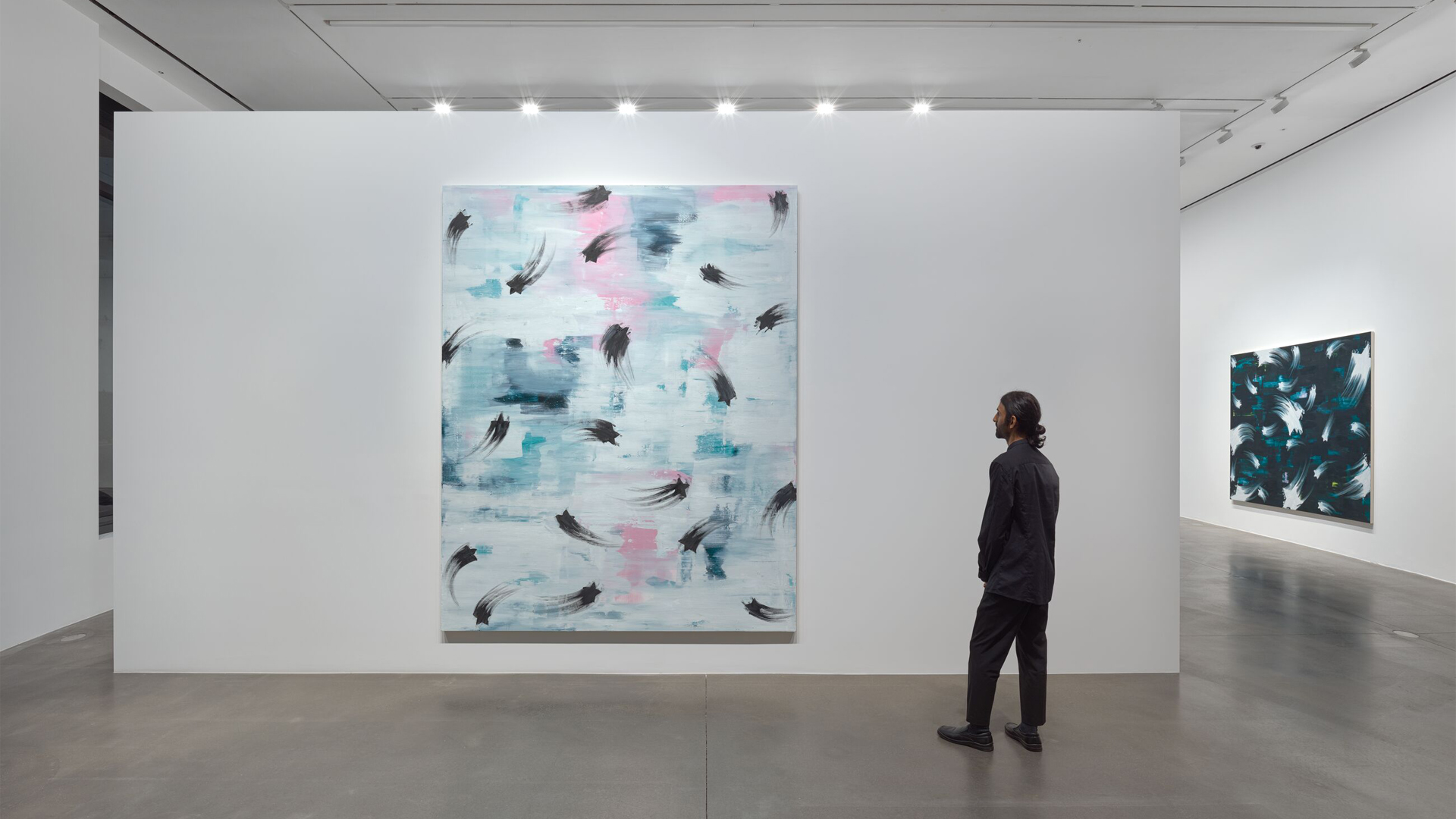
This ‘erasure’ technique holds deep cultural significance, capturing through formal, painterly means the effect of histories of erasure as experienced by black communities, and of history more widely being constantly altered and overwritten, as in a palimpsest, while its narratives and energies continue to shape life in the present day. As the artist has stated, ‘When you attempt to erase something, there’s always a trace left behind.’

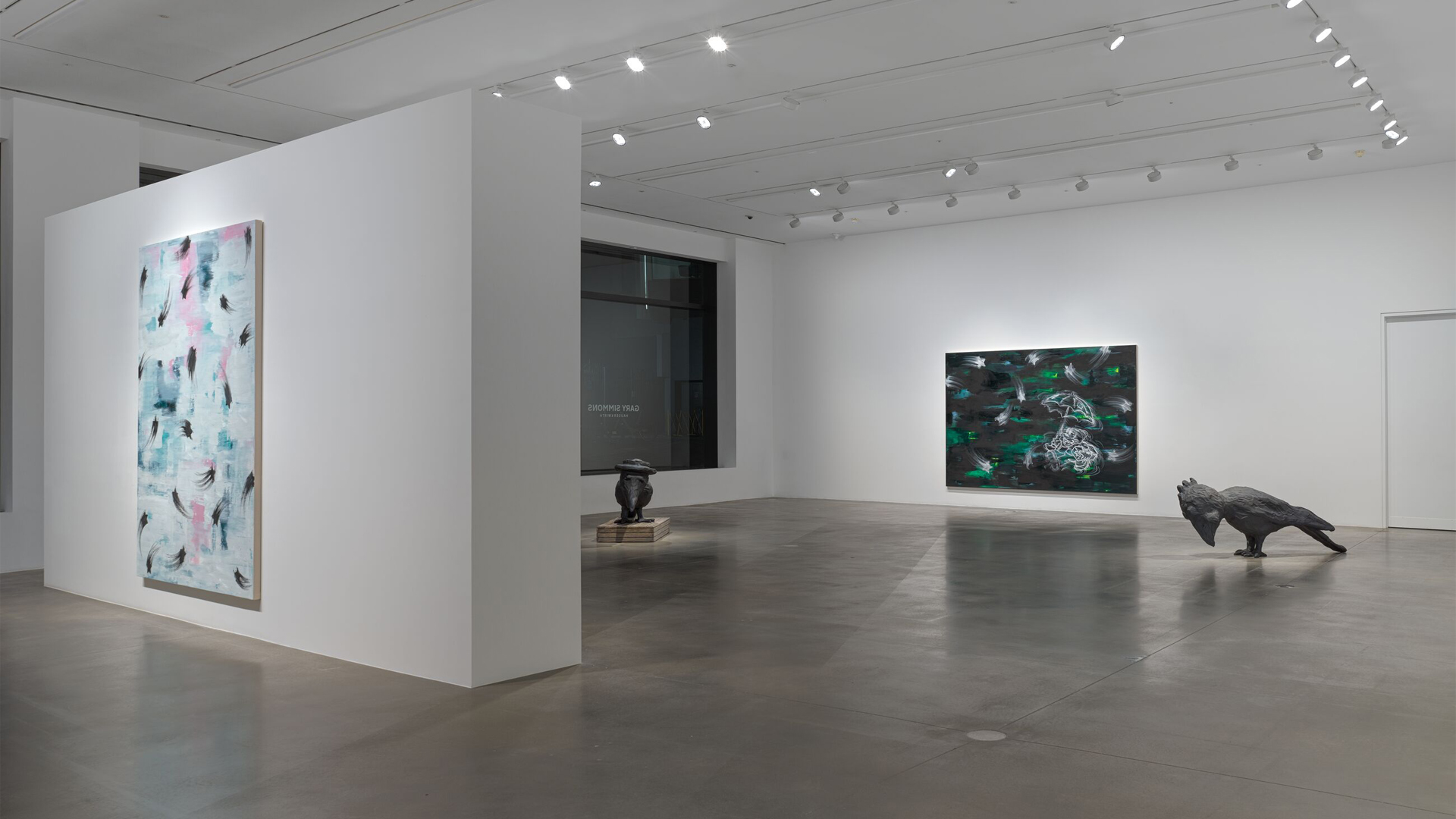
Through his work, Simmons has enacted the idea of erasure as it pertains to African American history and culture. He employs popular culture—sport, music, film, cartoons—to reveal how the national character of the USA is constructed. In his new body of work, Simmons continues to engage with popular culture in an increasingly nuanced and abstracted way, as his focus shifts towards the history and materiality of painting and sculpture.
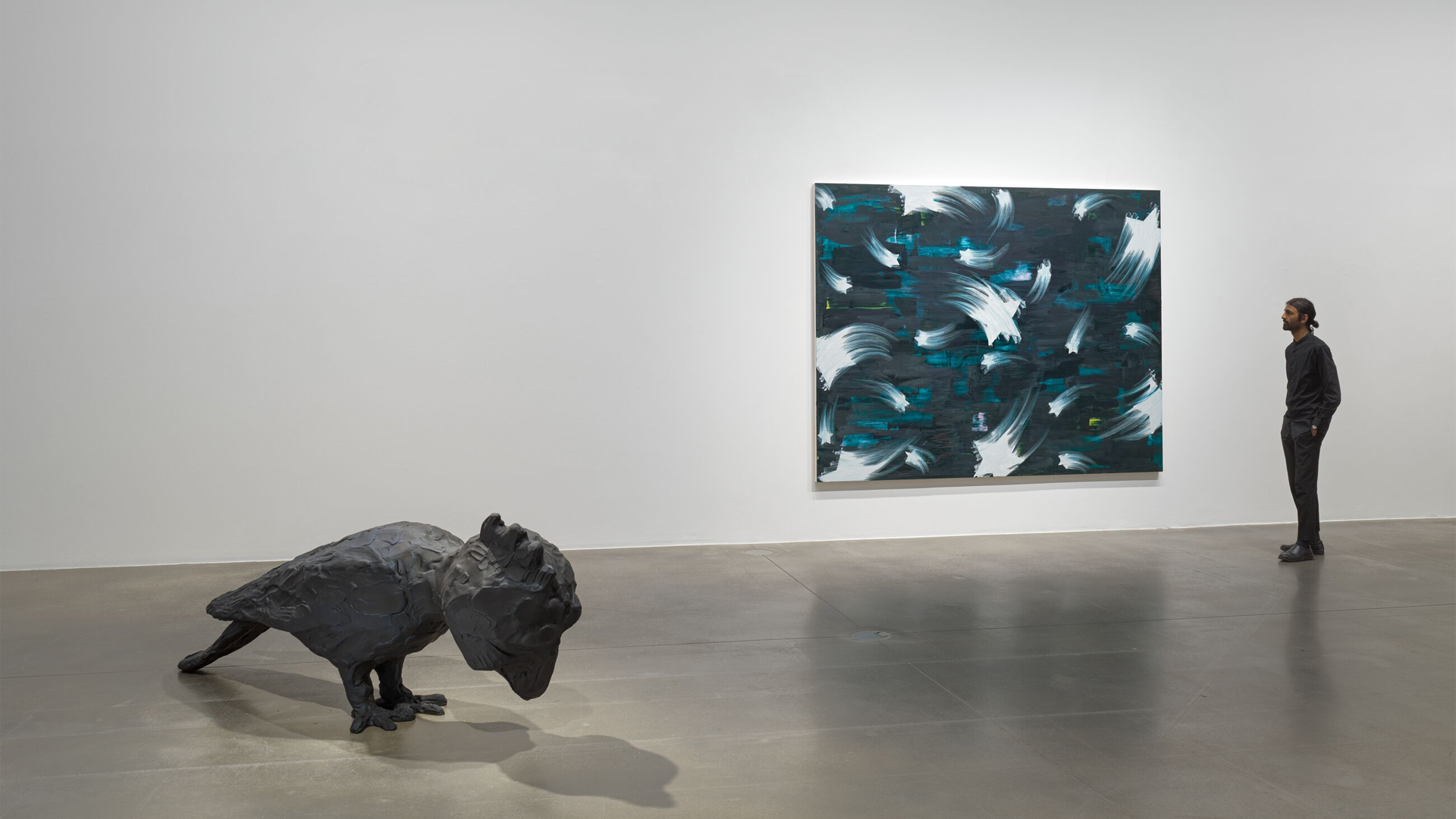
In these multi-layered paintings, the artist uses the star motif to create works with multiple meanings. A universal symbol, stars take on many different meanings and interpretations, whether it be shooting stars or fallen stars, that imply inherent notions of hope, dreams and loss. A form of painting indebted to action painting in its physicality and gestural or performative nature, Simmons wipes the surface of the work while the paint is still wet to smear the motifs so that they simultaneously emerge and disappear.
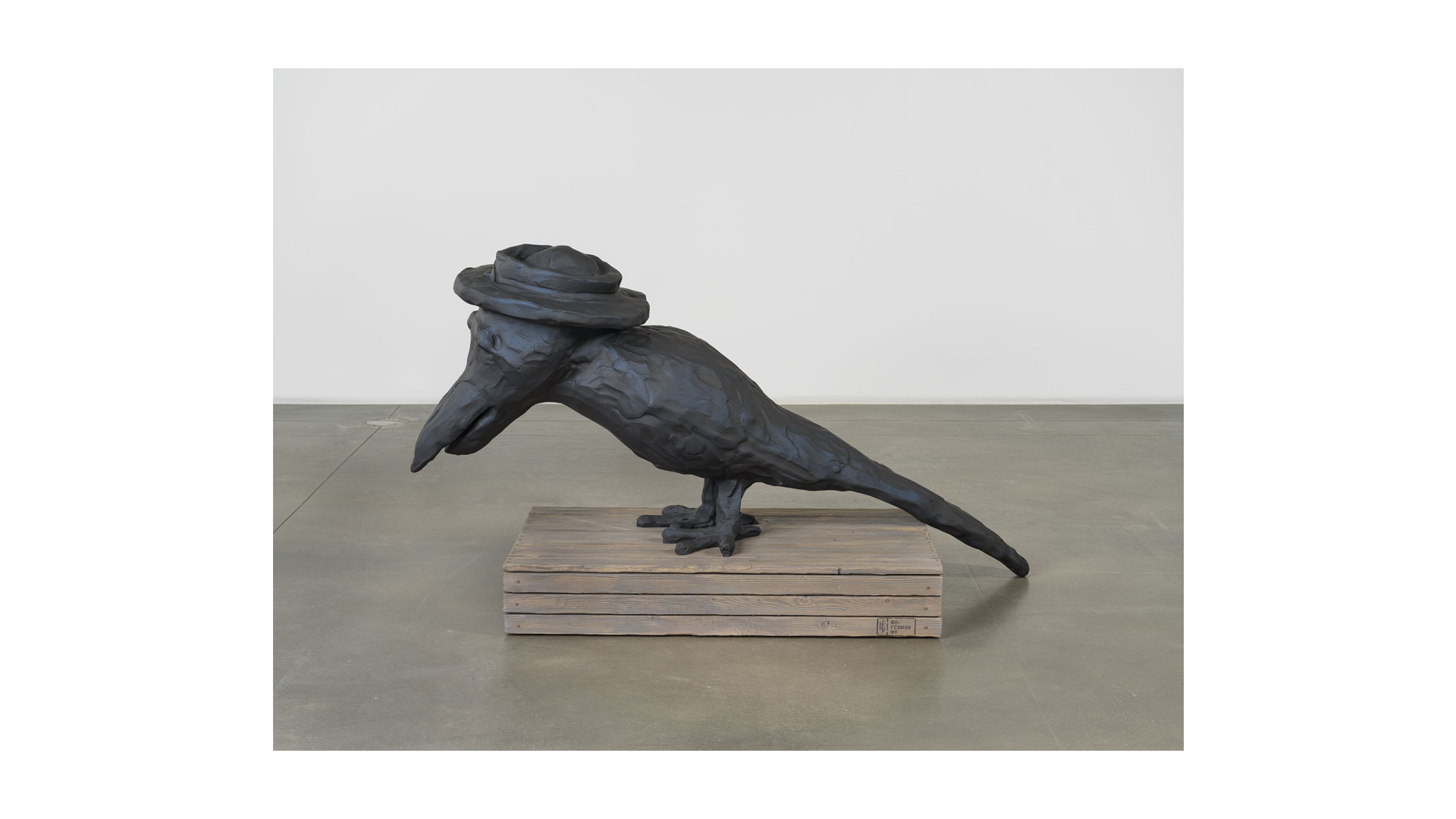
Untitled (Crow 1)
2023
Bronze, polyurethane paint, steel and wood
110 x 189 x 78 cm / 43 1/4 x 74 3/8 x 30 3/4 in
Ed. 1/3 + 1AP
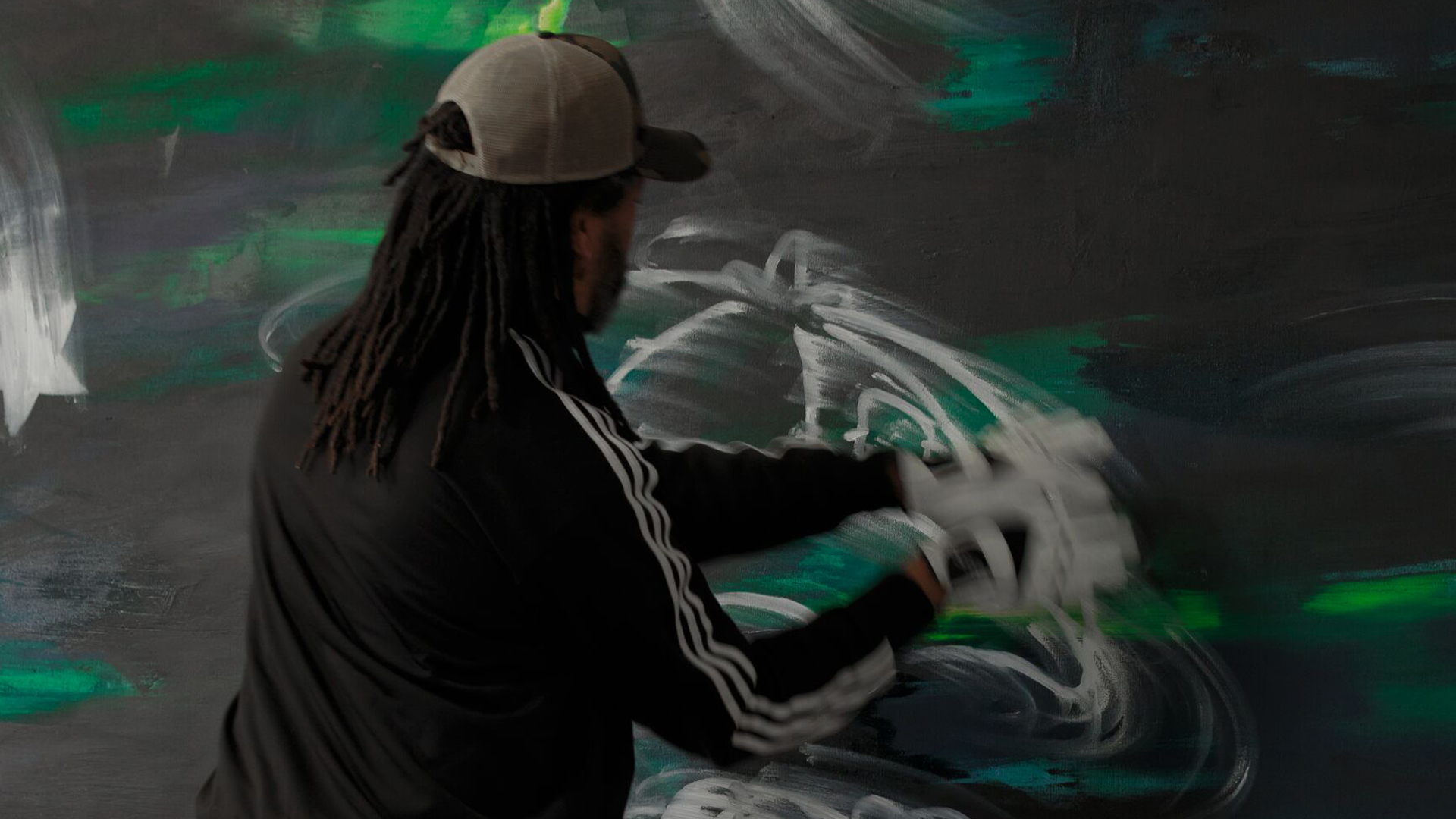
For Simmons, the multiple layers of paint he uses in his works also carry the implication of multiple layers of history, whether it be in reference to the history of painting or of race. In ‘Smalltown Boy’ (2023), Simmons combines the star motif with the racialized cartoon character Bosko, who was created in the late 1920s and achieved popularity in the early 1930s, though discontinued in 1933. Simmons’ use of erasure in conjunction with the Bosko imagery references the attempt to cover up the engrained prejudices revealed by the popularity of such cartoons.
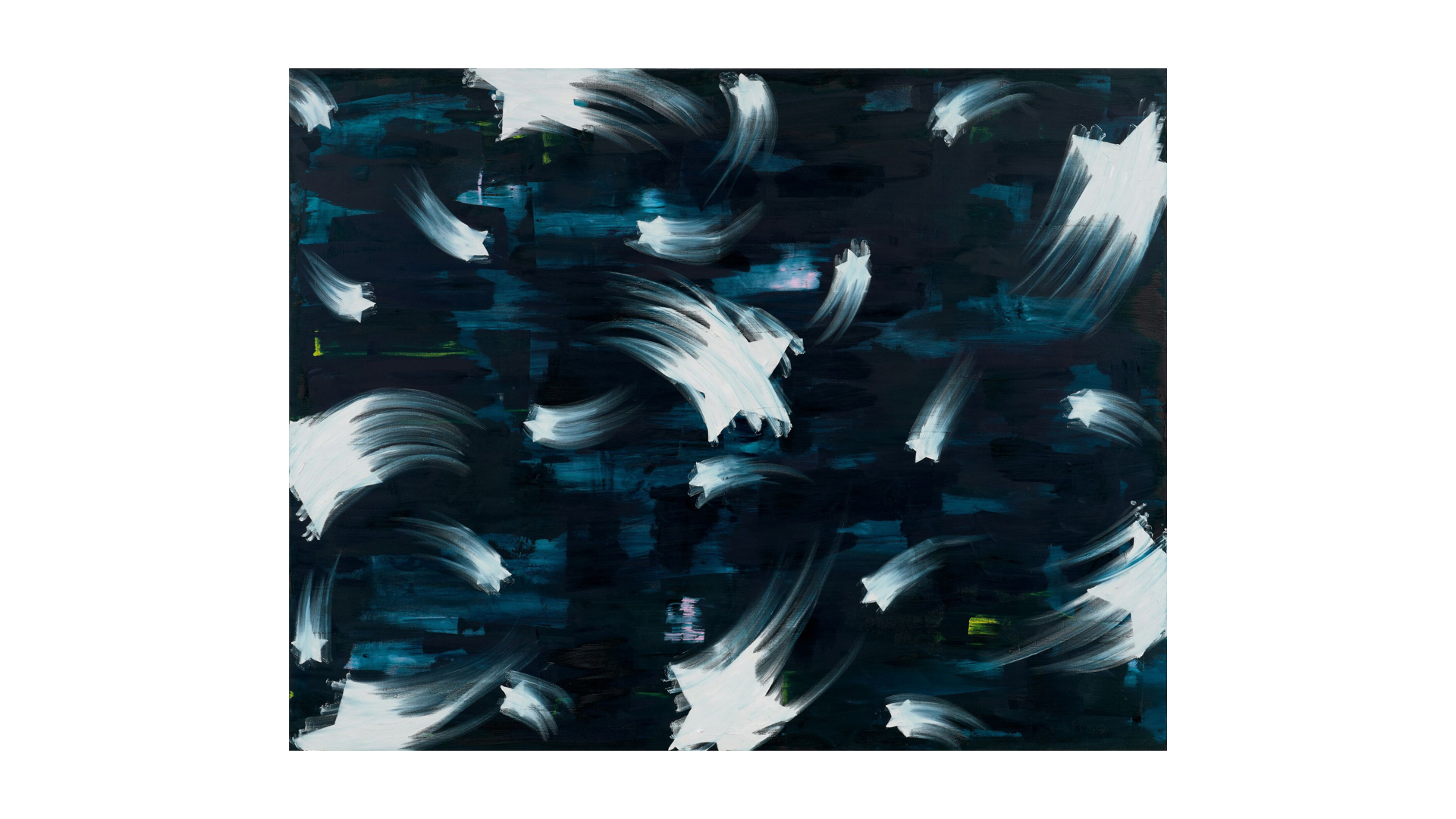

Though these subjects first appeared in his seminal chalkboard drawings from the early 1990s, this new series demonstrates Simmons’ exploration of painterly issues such as background, depth of field, process and layering, citing Albert Oehlen and Martin Kippenberger as influences. Simmons’ process involves a constant building and removal of up to fifteen layers of paint, exemplified in ‘Ghost Town Skies’ (2023), where subtle glints of yellow can be detected in and amongst the layers of monochrome paint, or through flashes of pink in ‘How Soon Is Now’ (2023). Evoking layered histories lying deep beneath the canvas, Simmons likens this effect to aged chalkboards, containing the traces of years of markings.

Untitled (Crow 2)
2023
Bronze and polyurethane paint
91 x 214 x 57 cm / 35 7/8 x 84 1/4 x 22 1/2 in
Ed. 1/3 + 1AP
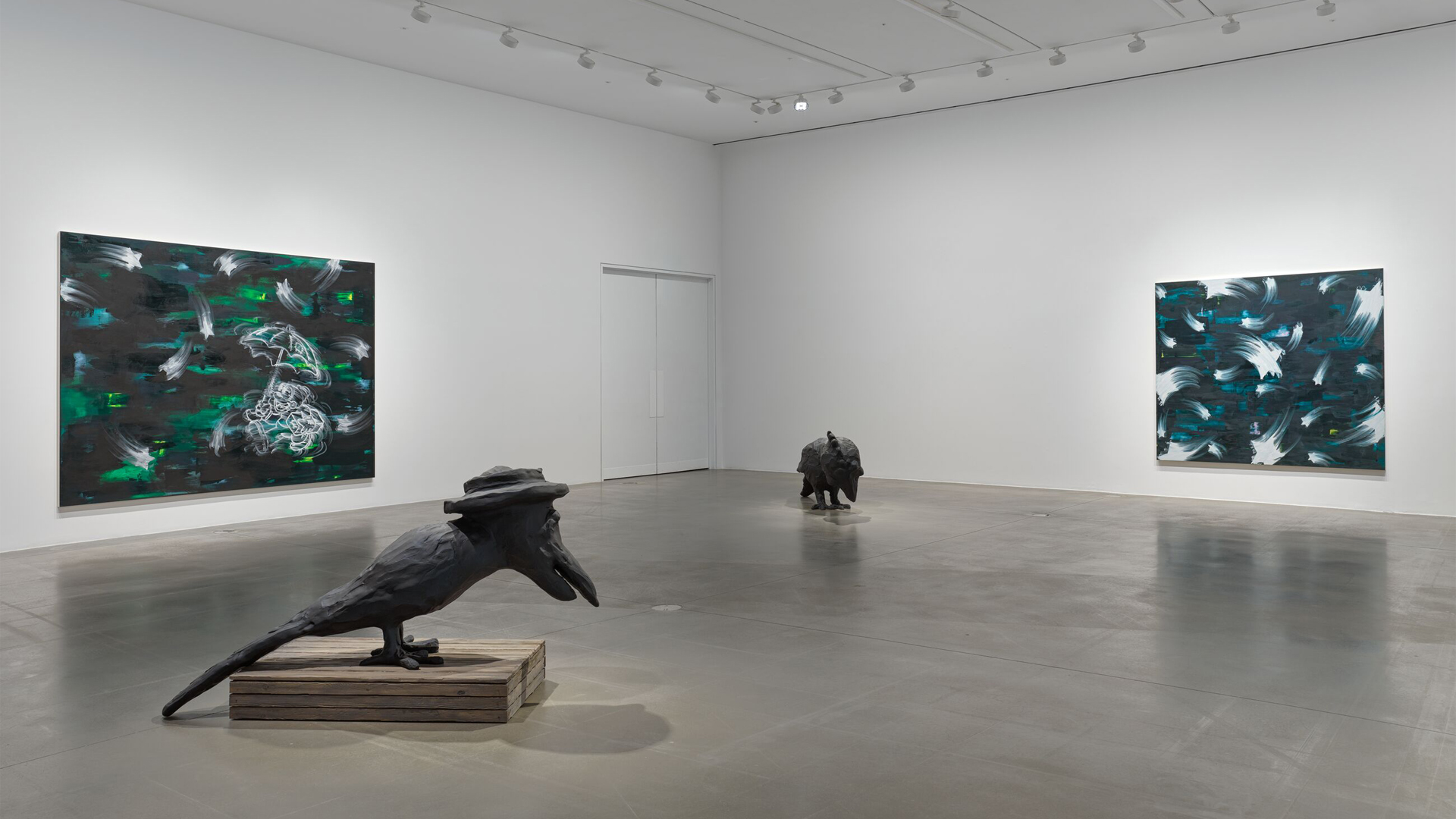
Using bronze for the first time on a large scale, Simmons has created sculptures for this exhibition that similarly cite racist tropes from historical cartoons rooted in minstrelsy. The sculptures are thus in dialogue with the paintings on display and were created with the gallery space in mind. Reminiscent of the heckling crow characters from Disney’s classic animated film ‘Dumbo’ (1941), two crow sculptures stand at a distance from each other, acting almost as outliers.
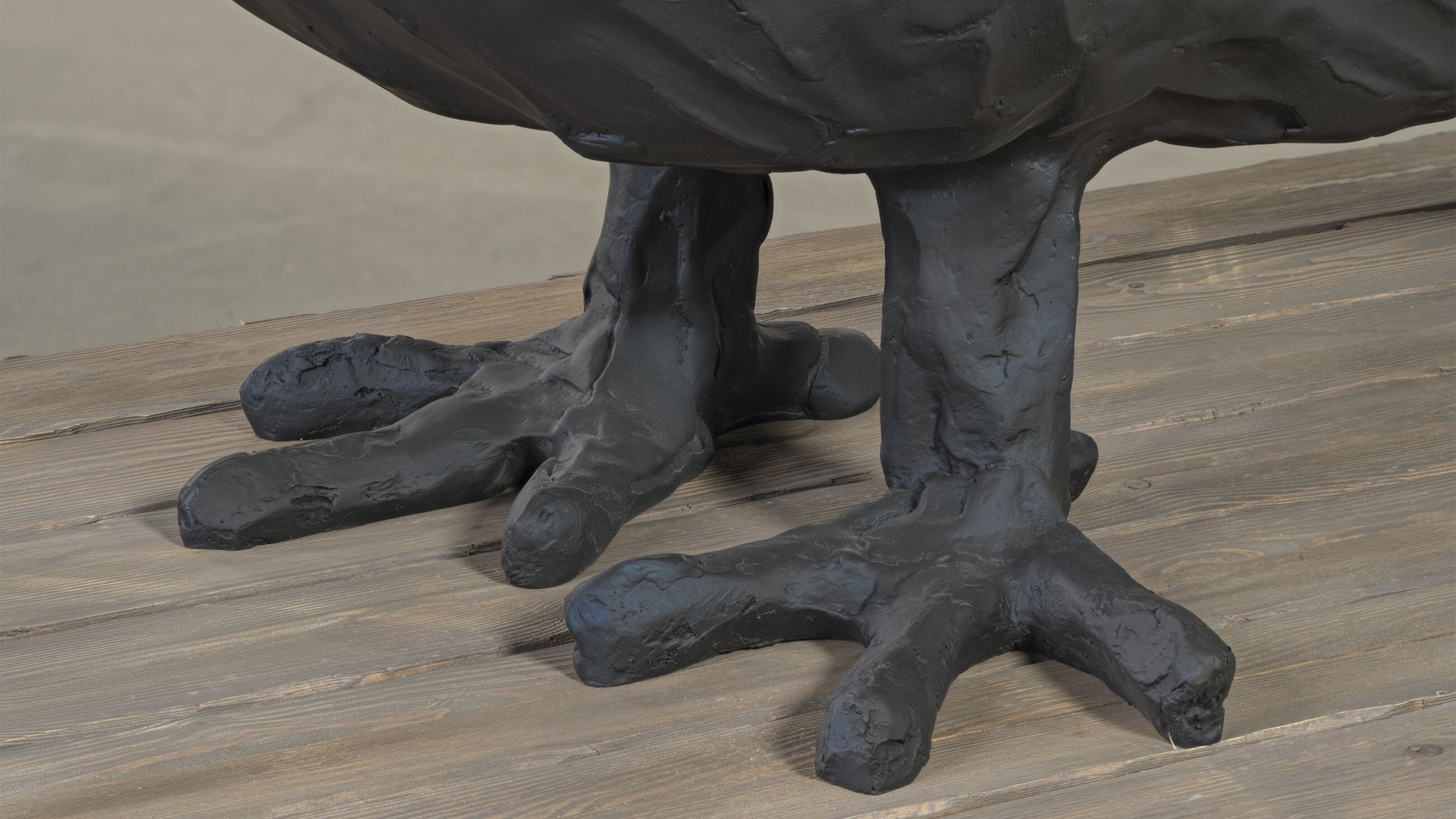
Simmons embraces the irony of using a material as permanent as bronze when dealing with themes of disappearance, erasure, ghosting and the slippages between representation and abstraction. However, the forms of the sculptures remain unrefined, as if still in the process of being modelled and defined. As Simmons says, ‘All of my work exists in a place that hovers between becoming and disappearance, that is the power of erasure and what links the sculpture and the paintings.’
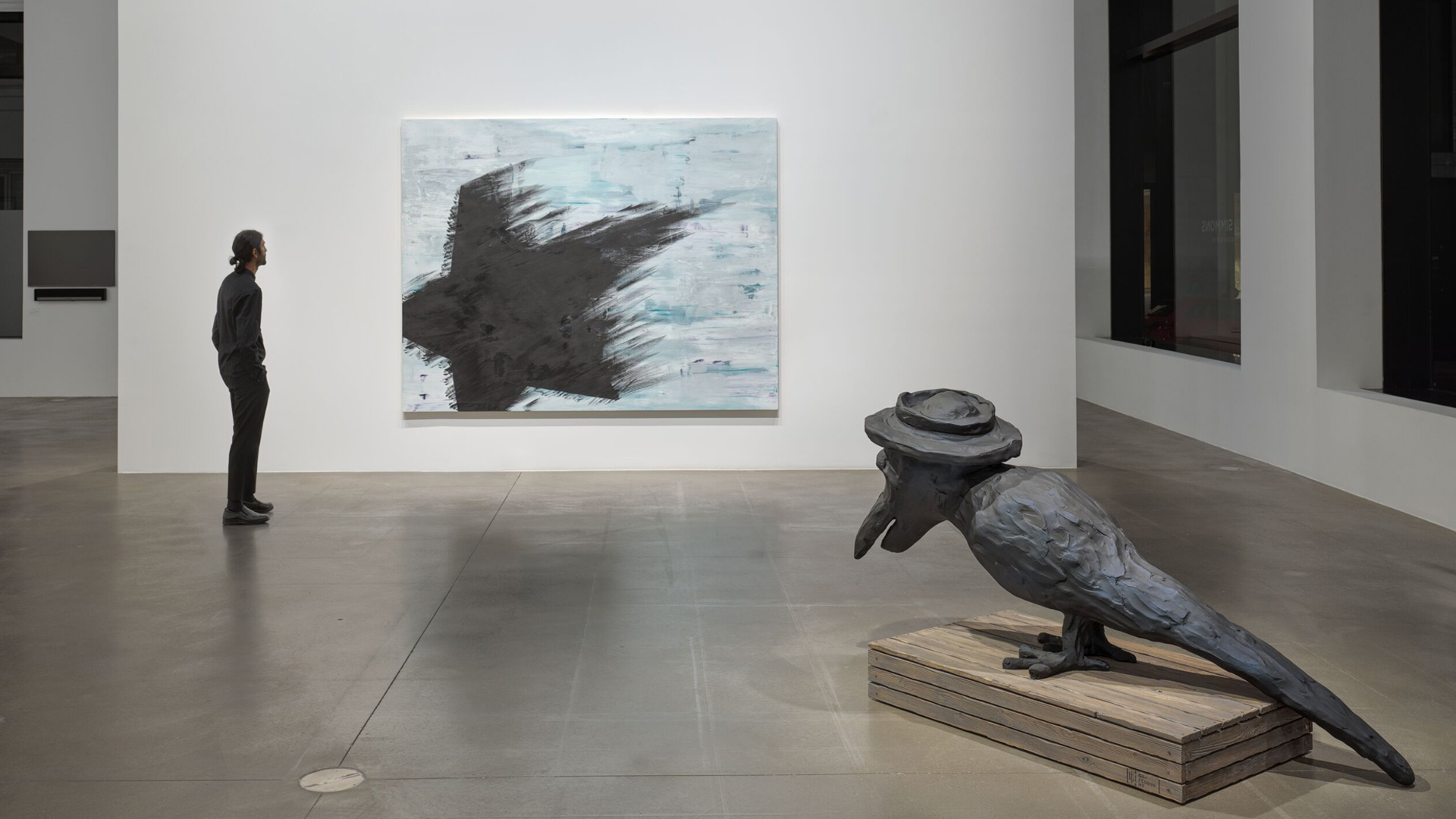
An additional aspect of Simmons’ practice is that it is often informed by music and performance, and draws specific inspiration from dub, punk, hip-hop, reggae and rap. The title of the exhibition and of the new paintings on show are taken from British and American dance and post-punk songs from the 80s, including ‘How Soon is Now’ (1984) by The Smiths, ‘Smalltown Boy’ (1984) by Bronski Beat and ‘This Must Be the Place’ (1983) by Talking Heads. These references conjure themes frequently revisited by the artist such as curiosity, longing, displacement and the passage of time. Simmons also employs music metaphorically, describing his process as ‘visual DJing’ in reference to the way he samples visual imagery from different sources, leaving viewers to experience fleeting moments of recognition and reflection.

Gary Simmons: Public Enemy
This exhibition coincides with the first comprehensive institutional survey of Simmons’ work, ‘Gary Simmons: Public Enemy,’ which will be on view at Museum of Contemporary Art Chicago from 13 June – 1 October 2023. Covering over thirty years of his career, this institutional show will be the most in-depth presentation of the artist’s work to date, traveling to Pérez Art Musem Miami from 5 December 2023 – 24 April 2024.
Image: Marnie’s Nightmare (detail), Installation view, ‘1964,’ The Bohen Foundation, New York NY, 2006 © Gary Simmons
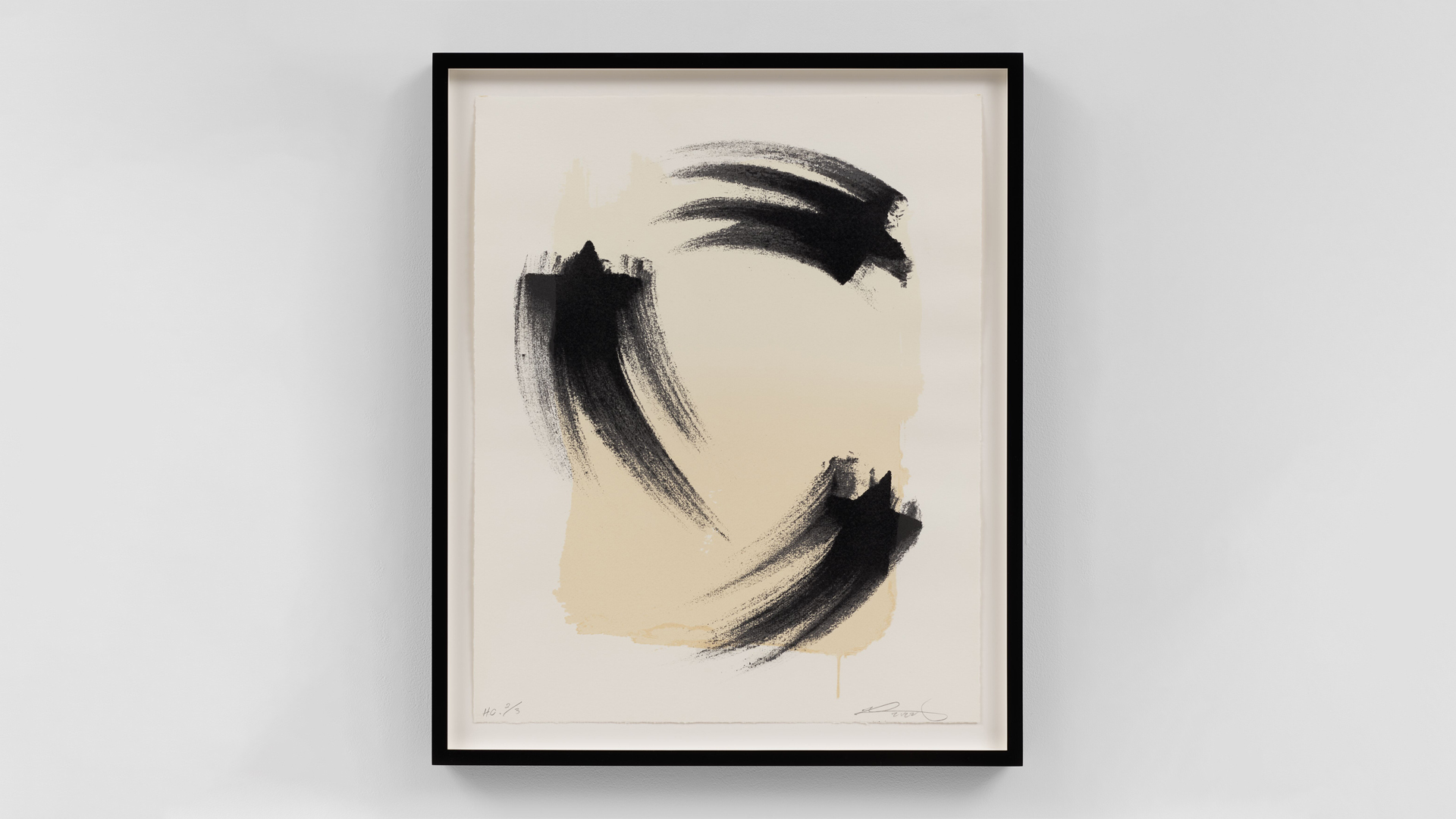
Gary Simmons: Black Art Stars (Process Black)
Created for Earth Day 2022, this limited edition print features Gary Simmons’ iconic shooting stars, a multivalent symbol that conjures the ephemerality of dreams, hopes and desires. 100% of sales proceeds will benefit Art to Acres, an initiative for artists, gallerists and collectors with a mission to support large-scale land conservation.
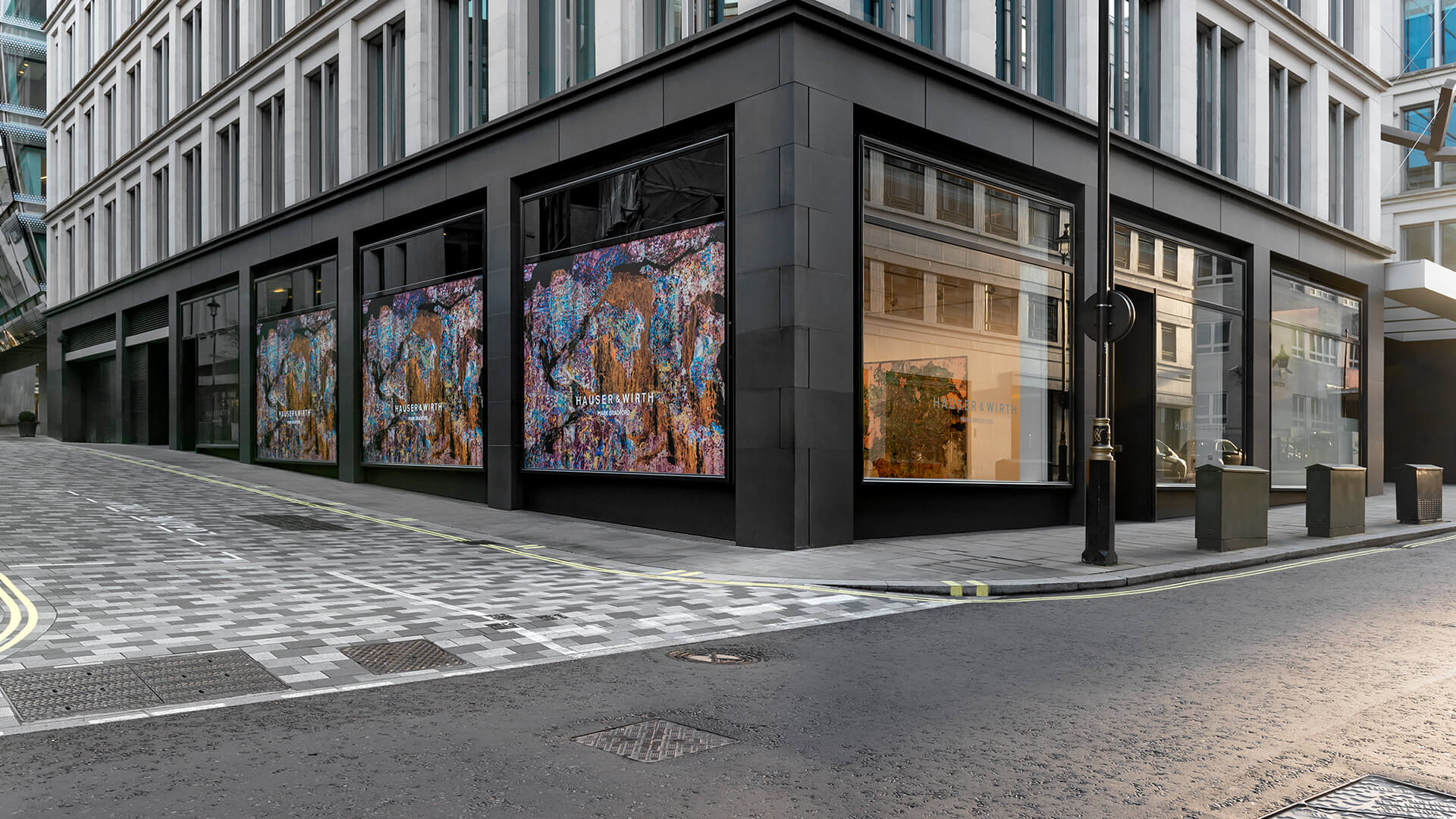
On view in London
The gallery is open Tue – Sat, 10 am – 6 pm. Please visit our location page to plan your visit.
All artwork images © Gary Simmons
About the Artist

Gary Simmons
One of the foremost artists of a generation which emerged during the late 1980s and early 1990s, Gary Simmons has achieved wide acclaim over the past three decades for his work which explores the politics of race, class and social stereotypes through painting, sculpture, sound and architectural environments. Simmons uses imagery drawn from popular culture to create works that address personal and collective memories.
Born in New York in 1964, Simmons received his BFA from the School of Visual Arts in 1988, and his MFA from CalArts in 1990, studying under the tutelage of Charles Gaines, Michael Asher, Catherine Lord, and others. Early in his practice, Simmons established a studio in a former school in New York City. At this stage, he was working predominantly in sculpture, a medium he would return to in subsequent decades. Works from this period, such as ‘Big Dunce’ (1989), use schoolroom objects to address racial inequality and institutional racism through the filter of childhood experience, themes seen most explicitly in ‘Six-X’ (1989), comprising six child-sized Ku Klux Klan uniforms hanging from a schoolhouse coatrack.
Simmons’ use of pedagogical motifs, in particular readymade chalkboards, led to the formal and aesthetic breakthrough that would inform much of his subsequent work, in which erasure of the image has been a powerful and recurring theme. Outlines of characters, scenes and words—based on 20th-century cartoons steeped in the racist traditions of minstrelsy, disappeared architectural sites, vintage film title cards, evaporating clouds of smoke and stars—are drawn or painted then blurred and smeared by hand. The tropes of erasure and ephemerality suggest the fleeting nature of memory and histories re-written. As the artist explains: ‘I started to think about how images on blackboards can never be fully erased. It was about trying to erase a stereotype and the traces of the racial pain that you drag along with you.’ A landmark piece commissioned for the Whitney Biennial, ‘Wall of Eyes’ (1993), picturing a smudged field of cartoon eyes drawn with chalk over slate paint applied directly to the wall, revealed the aesthetic possibilities of chalkboard at a monumental scale.
In further key commissions, Simmons has expanded beyond the confines of museum and gallery walls, creating performative and site-specific works which underline a relationship to a trajectory of art history that includes minimalism and conceptual art. For ‘Sky Erasure Drawings’ (1996), commissioned by the Museum of Contemporary Art Chicago, airplanes temporarily inscribed vapor stars in the daytime sky using liquid paraffin. For his immersive installation, ‘Fade to Black’ (2017), for the California African American Museum in Los Angeles, Simmons created five monumental wall drawings featuring the titles of vintage silent films and the names of largely forgotten African American actors in big typewriter-style letters blurred with ghostly traces. In a series of works from 2019, Simmons mined the architecture of surveillance through depictions of watchtowers and lighthouses. Deliberately ambiguous, these works collapsed the boundaries between signifiers of safety and those of control.
Simmons’ immersion in music has continually informed his practice which draws inspiration from dub, punk, hip-hop, reggae, and rap. Particularly influenced by the genres’ race and class-focused politics, the artist has created a number of works tracing the voices in music that have shaped contemporary culture. Simmons attracted significant critical attention in 2014 for his stacked speaker piece ‘Recapturing Memories of the Black Ark’. Inspired by Jamaican sound systems, the work is a living sculpture, with performers invited to activate it and then leave the configuration they utilized behind until the next performance. The work’s ongoing history offers both a contrasting and complementary approach to the record of the past offered by the artist’s erasure paintings.
For a site-specific installation commissioned for Culture Lab Detroit in 2016, Simmons was inspired by the guerrilla marketing style of fly-posting to promote gigs. Using found posters sourced from flea markets and the internet, he manipulated the originals, saturating the colors or reworking the texts, before layering onto the wall. This process has subsequently made its way into other works on plywood and canvas that evoke the fragmentation between individual and collective memory that preoccupies much of Simmons’ practice.
In his most recent works, Simmons continues to engage with popular culture, however, in an increasingly nuanced and abstracted way, as his focus shifts towards the history and materiality of painting and sculpture. Simmons has also reintroduced racist cartoon characters such as Bosko and Honey from the Looney Toons franchise and the crows from Disney’s film, ‘Dumbo’. Combined with the use of erasure, the artist references the attempt to cover up the engrained prejudices revealed by the popularity of such cartoons. Though these subjects first appeared in Simmons chalkboard drawings from the early 1990s, his newest works demonstrate an exploration of painterly issues such as background, depth of field, process and layering, citing Albert Oehlen and Martin Kippenberger as influences. The process involves a constant building and removal of up to fifteen layers of paint, evoking layered histories lying deep beneath the canvas. Simmons likens this effect to aged chalkboards, containing the traces of years of markings.
Gary Simmons has been the subject of solo exhibitions both nationally and internationally, including Henry Art Gallery, Seattle; California African American Museum, Los Angeles; Modern Art Museum of Fort Worth; and Kunsthaus Zürich. Selected group exhibitions include Museum of Modern Art, New York; Walker Art Center, Minneapolis; and Stedelijk Museum, Amsterdam; among others. Simmons was featured in Thelma Golden’s landmark 1994 ‘Black Male’ exhibition at the Whitney Museum of American Art in New York, Franklin Sirmans’ 2014 Prospect Triennial in New Orleans, and Okwui Enwezor’s ‘All the World’s Futures,’ for the 2015 Venice Biennale.
In 2021, Simmons was appointed a National Academician by the National Academy of Design. He is the recipient of the Joyce Alexander Wein Prize, Studio Museum of Harlem; USA Gund Fellowship; Penny McCall Foundation Grant; InterArts Grant; National Endowment for the Arts; and the Aspen Award for Art.
The first comprehensive institutional survey of Simmons’ work, ‘Gary Simmons: Public Enemy,’ was on view at Museum of Contemporary Art Chicago in 2023 and traveled to Pérez Art Museum Miami from 2023 – 2024.
Inquire about available works by Gary Simmons
On view now through 29 July 2023 at Hauser & Wirth London.
Related Content
Current Exhibitions
1 / 12
